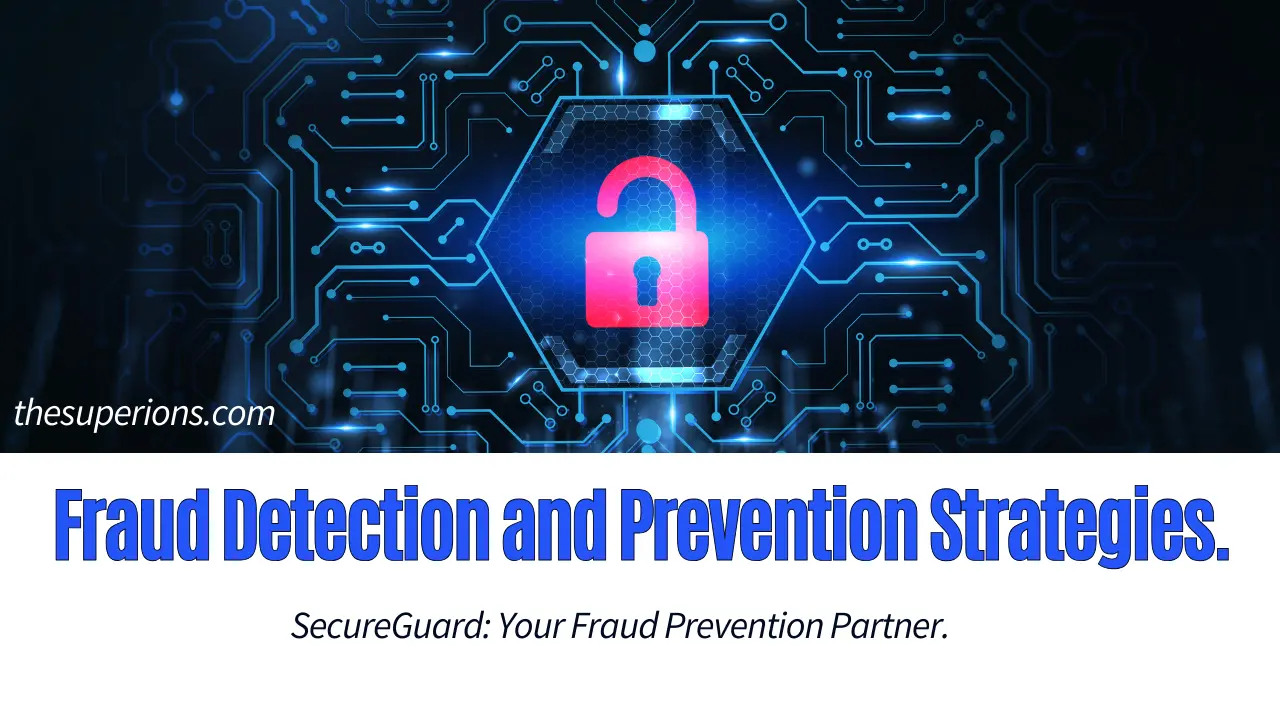Best Practices for Fraud Detection and Prevention
In today’s digital age, businesses are increasingly vulnerable to various types of fraud, making fraud verification a critical aspect of operations. Effective fraud detection and prevention strategies are essential for safeguarding assets, maintaining customer trust, and ensuring compliance with regulatory standards.

This article explores the best practices in fraud verification and highlights the role of ID verification software in enhancing these efforts.
Understanding Fraud Verification
Fraud verification involves various techniques and processes designed to detect and prevent fraudulent activities before they can cause harm to a business or its customers.
By implementing robust fraud verification measures, companies can identify suspicious activities early, minimize financial losses, and protect their reputation.
People Also Read?
Effective fraud verification is not just about catching fraudsters; it’s about creating a secure environment where legitimate transactions can proceed without undue hindrance.
Importance of Comprehensive Fraud Verification Strategies
The importance of comprehensive fraud verification strategies cannot be overstated in the modern business landscape, where the incidence and sophistication of fraud continue to rise.
Developing and implementing robust fraud verification processes are crucial not only for detecting and preventing fraudulent activities but also for maintaining a secure operational environment that safeguards both the business and its customers.
Here are several key reasons why comprehensive fraud verification strategies are essential:
- Protection Against Financial Losses: Fraud can lead to significant financial losses for businesses. Comprehensive fraud verification strategies help in identifying and stopping fraud before it can impact the financial health of the company. By detecting fraudulent patterns and preventing unauthorized transactions, businesses can protect their revenue and sustain their growth.
- Maintaining Customer Trust: In an era where customer trust can make or break a business, ensuring secure transactions is critical. Customers expect their personal and financial information to be handled securely. Effective fraud verification reassures customers, thereby enhancing their trust and loyalty, which are vital for long-term business success.
- Regulatory Compliance: Many industries are governed by strict regulatory requirements that mandate rigorous fraud prevention measures. Comprehensive fraud verification strategies ensure that businesses comply with these legal obligations, thereby avoiding potentially hefty fines and legal penalties that can arise from non-compliance.
- Reputation Management: The reputation of a business is crucial in a competitive market. Incidents of fraud can severely tarnish a company’s image, leading to lost business opportunities and a diminished brand. By implementing thorough fraud verification processes, businesses can avoid the negative publicity associated with fraud and position themselves as secure and reliable entities.
- Operational Integrity: Fraud can disrupt the normal functioning of business operations, causing inefficiencies and additional costs. Comprehensive fraud verification strategies streamline operations by integrating security measures that detect and manage fraud risks efficiently, allowing businesses to operate smoothly without interruption.
People Also Read?
Best Practices in Fraud Detection and Prevention
To effectively combat fraud, businesses must adopt a multi-layered approach. Here are some of the best practices in fraud verification:
- Utilize Advanced ID Verification Software: Incorporating sophisticated ID verification software is one of the best practices for fraud verification. This software helps confirm the authenticity of an individual’s identity documents in real time, reducing the risk of identity fraud.
- Continuous Monitoring: Regular monitoring of transactions and user behaviors can help detect patterns indicative of fraudulent activity. Fraud verification systems should be set to trigger alerts when detecting anomalies that deviate from typical patterns.
- Employee Training: Educating employees about the risks of fraud and the signs to look out for is crucial. Regular training sessions can empower staff to act as the first line of defense against fraud.
- Implement Strong Authentication Measures: Using multi-factor authentication can significantly enhance security, particularly for online transactions. This could include something the user knows (password), something the user has (security token), and something the user is (biometric verification).
- Data Encryption: Encrypting sensitive data both in transit and at rest ensures that even if data is intercepted, it remains protected from unauthorized access.
- Collaboration and Sharing of Information: Collaborating with other businesses and sharing information about new types of fraud can help companies stay ahead of fraudsters. Participating in industry forums and networks can provide valuable insights.
Role of ID Verification Software in Fraud Verification
ID verification software plays a crucial role in enhancing fraud verification processes. Here are some ways in which this software contributes to fraud prevention:
- Identity Validation: ID verification software ensures that the documents provided by users are authentic and have not been tampered with, which is crucial for preventing identity theft.
- Automated Checks: By automating the verification process, ID verification software minimizes human errors and speeds up the verification process, allowing for real-time fraud prevention.
- Global Coverage: Modern ID verification software can verify documents from various countries and in multiple languages, making it an essential tool for global businesses.
People Also Read?
Conclusion
Effective fraud verification is vital for protecting businesses and their customers from the growing threats of fraud.
By implementing best practices such as using advanced ID verification software, maintaining continuous monitoring, and educating employees, companies can create a secure and trustworthy environment.
As technology evolves, so too will the methods of fraudsters, making ongoing vigilance and adaptation key components of any successful fraud prevention strategy.





